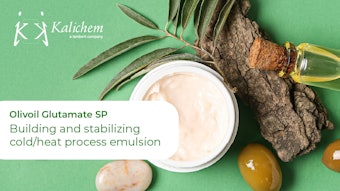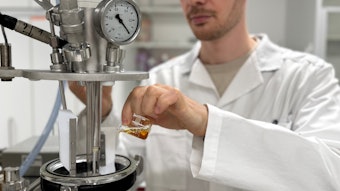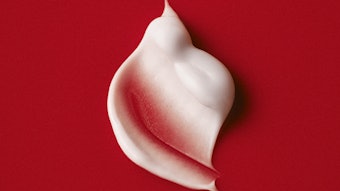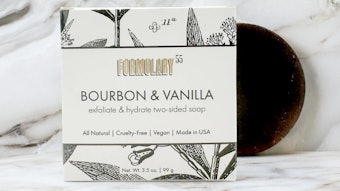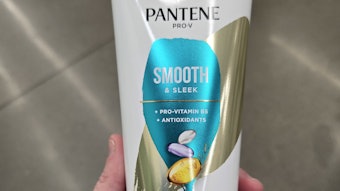Frizz control hair care has been around for almost 20 years. Frizzy hair is a major issue for women with curly hair that has especially been chemically or mechanically treated. These consumers spend time each day adjusting and controlling the style of their hair, specifically to control the onset of frizz in high humidity environments. This market continues to exhibit innovation as new technologies and products are consistently being launched.
Moisture has a significant impact on hair frizz because water vapor in the air can be transported inside the cortex of the hair shaft, modifying the temporary hydrogen bonds created by hair proteins during styling. These proteins are based on four, twisted long chain amino acids running lengthwise down the shaft. The chemical bonds between the protein chains provide the cohesion that establishes the natural form of the hair. Water/humidity/dampness can disrupt this cohesion but drying allows for the reformation of the keratin chains, which can be temporarily altered as part of the styling process and during hair drying.
Another primary contributing factor to frizzy hair is damage to hair strands due to rough brushing, i.e. the lack of a good conditioning agent for wet and dry combing; chemical treatments such as perming, bleaching and coloring; UV exposure; and heat styling. All of these factors lead to a damaged cuticle and split ends, potentially increasing porosity and swelling of the hair cuticle, creating another entry point for style-disrupting moisture.
A secondary contributor to frizz is dry hair that becomes statically charged due to hair’s negative charge. This charge results in the repulsion of hair’s protein keratin strands—hard, fibrous proteins comprised of polypeptide chains—when shampooed with negatively charged depositing ingredients.1 As hair becomes coarse and dull from cuticle damage, it loses its tensile strength in the cortex.
